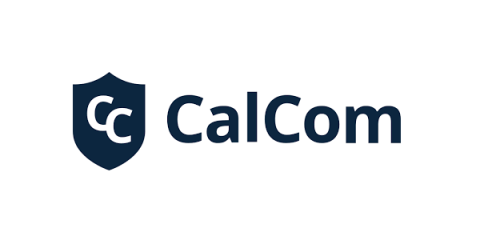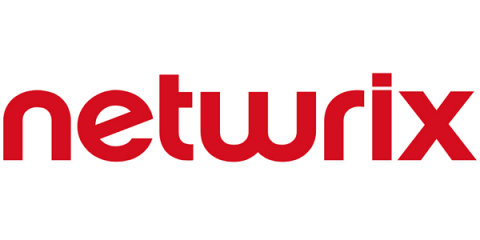Security | Threat Detection | Cyberattacks | DevSecOps | Compliance
Windows
1Password 8 for Windows is here!
Got a Windows PC? You can now enjoy the modern design, improved productivity, and enhanced security & privacy of the all-new 1Password 8. 🥳
1Password 8 for Windows: Dark Mode Edition
Got a Windows PC and love dark mode? You can now enjoy the modern design, improved productivity, and enhanced security & privacy of the all-new 1Password 8, all in glorious dark mode. 🤘
Introducing 1Password 8 for Windows
Top 10 Windows Server Vulnerabilities for 2021
What is Windows File Integrity Monitoring?
In order to maintain the integrity of a Windows file system, File Integrity Monitoring is applied to ensure no unauthorized changes are made to files, folders or configuration settings.
Why Windows 11 is more secure than Windows 10
Windows 11 is the most secure Windows version to date. Microsoft's new operating system is now available, after learning several lessons from its predecessor. The Redmond company states that the widespread use of hybrid and remote work environments during the pandemic opened the door to a host of threats, with Windows vulnerabilities exploited by hackers, such as the incidents with Specter and Meltdown.
Windows 10 most critical vulnerabilities for 2021
Windows 11: Registry Keys, SMB Protocol, and SystemInfo
Windows 11 was released on October 5, 2021. It has several new installation requirements including, most notably, Secure Boot and a Trusted Platform Module. These features can provide a more secure computing environment, but if you need to virtualize a Windows 11 environment, you will need virtualization software that supports this.
How to Change File and Folder Permissions (NTFS) in Windows
There are many cases where you will need to restrict your file or folder security to yourself or a certain group of users. Like, you can assign a specific folder in your computer where your home users can access music, images, or videos, or at the workplace to access work files, documents, or more, but you want to restrict the access permissions of users only to that group of files or folders, not your whole computer system.









